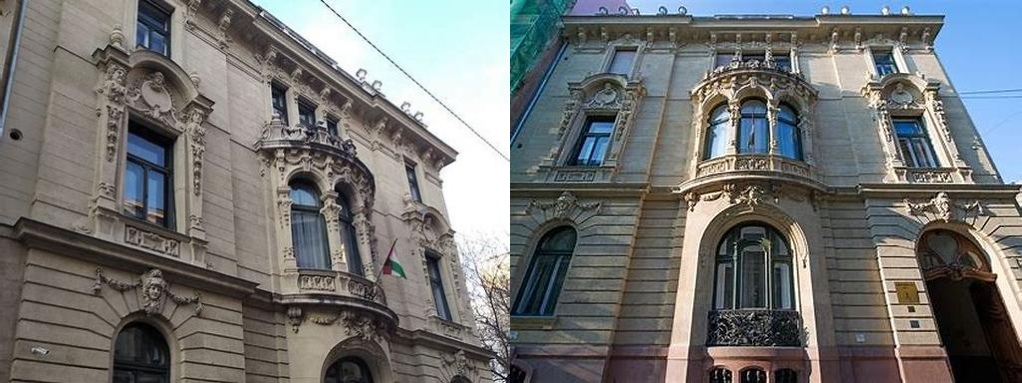
Törley-palota, nestled in the Budafok district of Budapest, is one of those places that feels like a secret waiting to be discovered—especially if you’re the type of traveler who enjoys peeling back the layers of the city to find its quirks and history. Known in English as the Törley Palace, this remarkable villa was once the home of Hungary’s sparkling wine magnate, József Törley. Though less trafficked than other iconic Budapest sites, a visit here is like stepping into a decadent blend of Belle Époque glamour and the fizz of entrepreneurial genius, all with a uniquely Hungarian twist.
Strolling up the avenue to the palace, you’re first struck by the building’s elegant façade. Completed in 1890, the palace was designed by the architect Gyula Bukovics, who created a residence worthy of a champagne king. The architecture is a lavish mix of French neo-Renaissance style filtered through Austro-Hungarian sensibility. The grandeur isn’t just skin deep: passing through the elaborate gates gives way to interiors that once played host to balls, business gatherings, and the day-to-day of Budapest’s rising industrial elite in the late 19th and early 20th centuries.
What really makes Törley-palota unique is that it’s not just a museum piece—it’s part of a much larger story. Beneath your feet stretches a labyrinth of wine cellars, carved into the limestone hills of Budafok. This network, which extends for kilometers, is actually one of Europe’s largest wine cellars, and it’s here that Törley’s legendary sparkling wines were—and are still—stored and matured. The Törley family’s business wasn’t just about wine; it was about bringing a slice of French tradition, the méthode Champenoise, to the heart of Central Europe. Walking these corridors, the cool air tinged with the faint aroma of fermenting grapes, you’re reminded that the story of Törley is as much about innovation and international flair as it is about local pride.
Inside the palace itself, the details are delightful: stained glass windows casting patterns on marble floors, intricate woodwork, and rooms that whisper of high society pastimes and family drama. The main staircase is especially impressive, curving gracefully between floors, and the ballrooms (when open for visits) will spark your imagination with images of swirling skirts and crystal glasses. The garden outside, though perhaps less perfectly manicured now than a century ago, invites a slower pace—an ideal spot to daydream or sketch.
The palace, like so much in Hungary, wears its layers of history openly. After World War II, nationalization changed its fate, and the shifts of the 20th century can be traced in its adaptive reuses, from a residence to offices and even a community venue at times. Still, enough of its original soul remains to transport visitors to another world, especially during one of the guided tours or special events that pop up on the local cultural calendar.
For those who are curious about Hungarian gastronomy and bubbly wines, a tour often includes a tasting of sparkling wines in the atmospheric cellars, which is both an education and a treat for the senses. While you’re here, don’t skip the small but fascinating Törley Champagne Museum nearby, which fills in the gaps about the family’s story and the evolution of sparkling winemaking in Hungary.
Visiting Törley-palota is, ultimately, about discovery. You’re not just looking at beautiful architecture or sipping historic wines; you’re piecing together a story that stretches from the grapes of Budafok to the grand salons of Paris, from a family’s ambition to Hungary’s own search for modernity. It’s a place for history buffs, oenophiles, and anyone who finds magic in the intersection of past and present. And even though it might require a tram ride or a slightly longer walk from central Budapest, the reward is a chance to experience a slice of the city that truly sparkles—quietly, and with a depth you’d be hard-pressed to find elsewhere.





